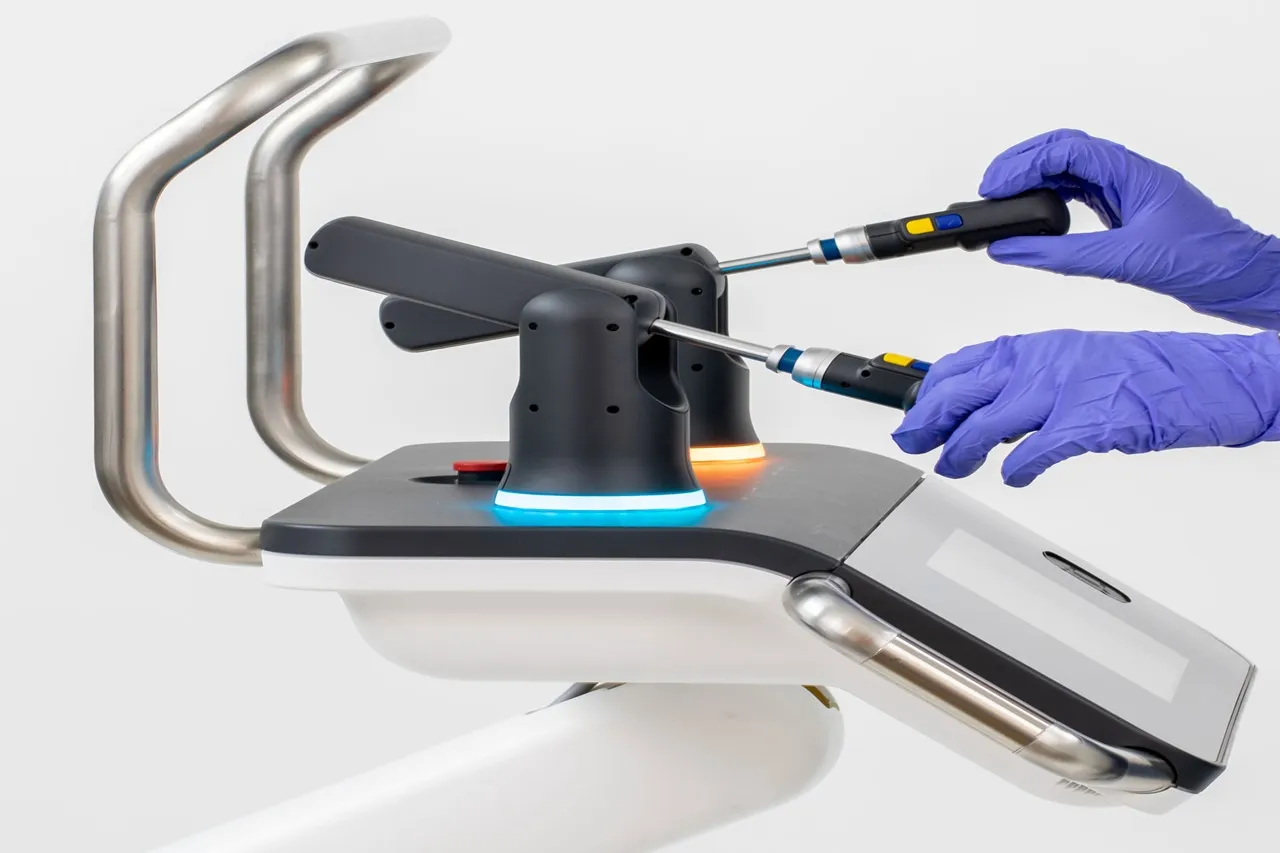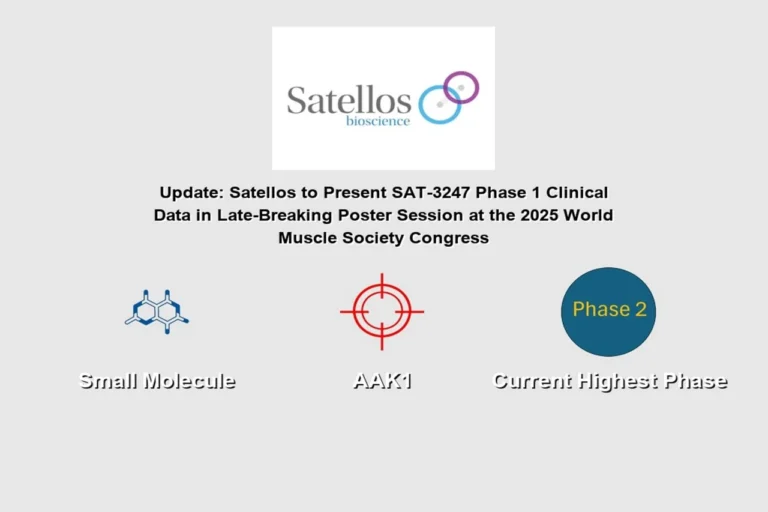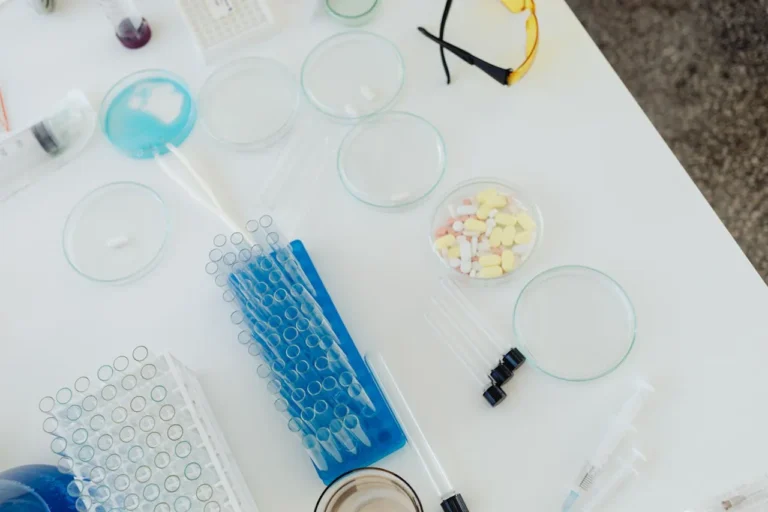
Virtuoso Surgical, Inc., a Nashville-based medical technology company developing a first-of-its-kind class of robotic tools for rigid endoscopic surgery, announced today that its Virtuoso Surgical Robotic System has received Breakthrough Device Designation from the U.S. Food and Drug Administration (FDA). The designation was awarded for the system’s application in bladder lesion removal via en bloc excision, a technique that has the potential to transform early bladder cancer diagnosis, staging, and treatment planning.
The achievement places Virtuoso Surgical at the forefront of robotic innovation in minimally invasive surgery, particularly in the field of bladder cancer, one of the most common and recurrent forms of cancer worldwide.
A New Class of Robotic Surgery
The Virtuoso system leverages a patented surgeon-controlled platform that incorporates needle-sized robotic arms. These arms give surgeons unparalleled dexterity and precision during rigid endoscopic procedures, a space where robotics has yet to deliver meaningful solutions. Unlike large-scale robotic surgical systems designed for laparoscopic or open procedures, Virtuoso’s approach is purpose-built for endoscopic applications, where access and maneuverability are often limited.
Bladder lesion removal was chosen as the first application because of the clear need for improved diagnostic and staging accuracy. The majority of bladder lesions are cancerous, and accurate diagnosis at the earliest stage is critical to guiding treatment decisions and improving outcomes.
“Virtuoso is unlike any surgical robot available today, and our vision is to provide surgeons with unprecedented dexterity and control in rigid endoscopic surgery, which is a distinct set of procedures and approaches that have not yet benefited from robotics,” said Dr. Duke Herrell, CEO of Virtuoso Surgical and a practicing urologic surgeon. “Virtuoso is starting with the removal of bladder lesions, the first critical step in diagnosing, staging, and determining the management for cancerous lesions.”
Addressing Clinical Limitations in Current Bladder Cancer Diagnosis
Founded in 2016, Virtuoso Surgical is led by a multidisciplinary team of experts in robotics, urologic surgery, engineering, and artificial intelligence, all dedicated to transforming patient outcomes through technological innovation.
Currently, the standard procedure for bladder lesion removal is TURBT (transurethral resection of bladder tumor). While widely used, TURBT often fragments tissue during removal, limiting the accuracy of pathology and cancer staging. This can result in uncertainty when determining whether a lesion is invasive or non-invasive, leading to variations in treatment approaches and contributing to high recurrence rates.
In contrast, the en bloc resection technique—removing the lesion intact—preserves the pathological specimen. Studies show that this results in more accurate diagnoses and improved staging, both of which are critical for guiding effective treatment strategies. Furthermore, randomized clinical trials have demonstrated that en bloc resection, when performed manually, can significantly lower one-year recurrence rates compared to standard TURBT.
However, en bloc techniques have not seen widespread adoption due to their technical complexity and steep learning curve. Virtuoso’s robotic system aims to change that by offering surgeons two robotic instruments with advanced dexterity, simplifying the execution of the en bloc method and making it accessible to more clinicians worldwide.
Early Clinical Experience and Expert Validation
The Virtuoso Robotic System has already been used in a series of procedures conducted by Dr. Jeremy Teoh, a world-renowned bladder cancer surgeon and researcher at The Chinese University of Hong Kong (CUHK). Dr. Teoh successfully performed endoscopic bladder lesion excisions using Virtuoso’s robotic assistance to achieve en bloc resections.
“The ability to perform an en bloc resection for bladder cancer with this level of robotic assistance is a game-changer, even for an expert in the technique,” said Dr. Teoh. “This robotic approach has the potential to enable the widespread adoption of en bloc techniques, thereby minimizing local recurrence and providing a more definitive pathological specimen, which is crucial for guiding subsequent treatment decisions. We are extremely optimistic about what this technology means for the future of bladder cancer surgery and patient outcomes.”
Breakthrough Device Designation: Accelerating Innovation
The FDA’s Breakthrough Devices Program is designed to expedite the development and regulatory review of medical technologies that offer significant advantages over existing standards of care for life-threatening or debilitating conditions. Devices granted this designation receive priority review, enhanced communication with the FDA, and accelerated assessment pathways, all of which are intended to speed patient access once safety and efficacy are demonstrated.
For Virtuoso, this recognition highlights the system’s ability to address critical gaps in bladder cancer diagnosis and care. By enabling en bloc resection with robotic precision, the system has the potential to reduce recurrence rates, improve diagnostic accuracy, and ultimately enhance survival outcomes for patients.
Looking Ahead: Expanding the Reach of Robotic Endoscopy
With FDA Breakthrough Device Designation secured, Virtuoso Surgical is preparing to advance toward broader regulatory approval and expanded clinical use. The company plans to collaborate closely with clinicians and research institutions to continue validating the advantages of its robotic platform through clinical trials and real-world applications.
While the initial focus is on bladder cancer, Virtuoso’s leadership envisions a much broader impact. The technology is designed to be adaptable across multiple medical specialties that rely on rigid endoscopy, including urology, gynecology, pulmonology, otolaryngology, and neurosurgery. By applying its robotic arms to these disciplines, Virtuoso aims to redefine how minimally invasive procedures are performed across a wide range of conditions.
“Receiving Breakthrough Device Designation is an important milestone, but it’s only the beginning,” Dr. Herrell added. “Our ultimate goal is to bring this technology to surgeons across multiple specialties, helping them perform delicate procedures with greater precision and giving patients better outcomes.”
Conclusion
The FDA’s Breakthrough Device Designation of the Virtuoso Surgical Robotic System marks a pivotal step in the evolution of robotic-assisted endoscopic surgery. By addressing longstanding challenges in bladder cancer diagnosis and care, Virtuoso not only positions itself as a leader in this specialized field but also opens the door to innovations that could transform minimally invasive surgery in multiple specialties.
As Virtuoso Surgical moves forward with clinical validation and regulatory milestones, its robotic system stands as a symbol of what’s possible when engineering innovation converges with unmet clinical need—bringing surgeons greater capability and patients greater hope.
About Virtuoso Surgical
Virtuoso Surgical has developed a groundbreaking robotic surgery system designed to radically improve minimally invasive rigid endoscopic surgery. The Virtuoso system features a pair of instrument delivery arms made of concentric nitinol tubes that mimic a surgeon’s hand motions to offer unprecedented control and dexterity to a full range of endoscopic applications. The system utilizes patented technology initially developed by Virtuoso’s founders at Johns Hopkins University, Vanderbilt University and Vanderbilt University Medical Center, with funding from the National Science Foundation and the National Institutes of Health. For additional information about Virtuoso Surgical, visit www.virtuososurgical.net. This device has not been approved by the U.S. Food and Drug Administration (FDA) and is not for sale in the United States.







